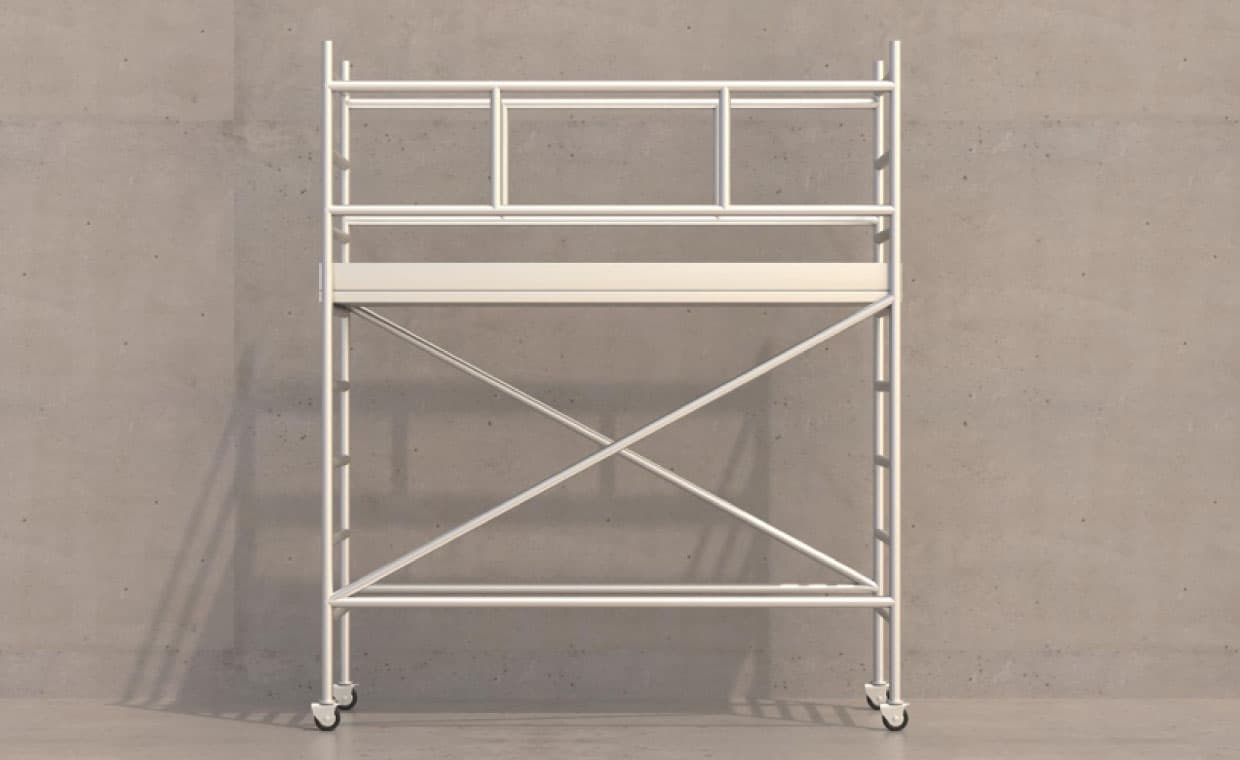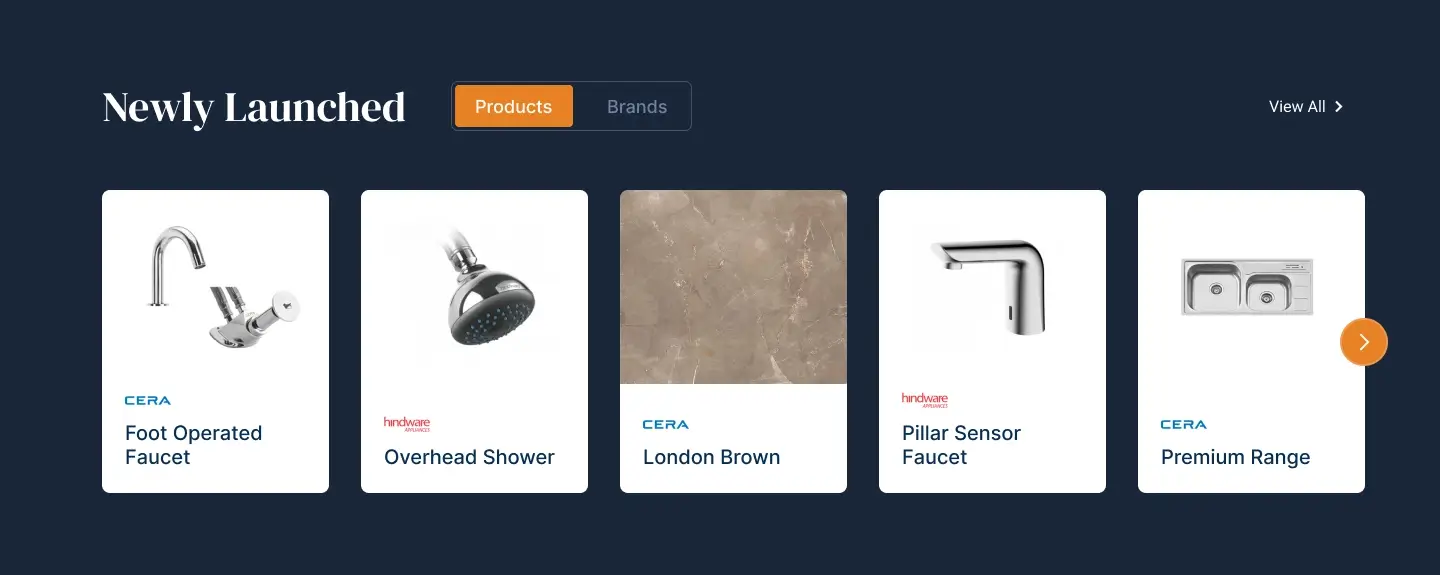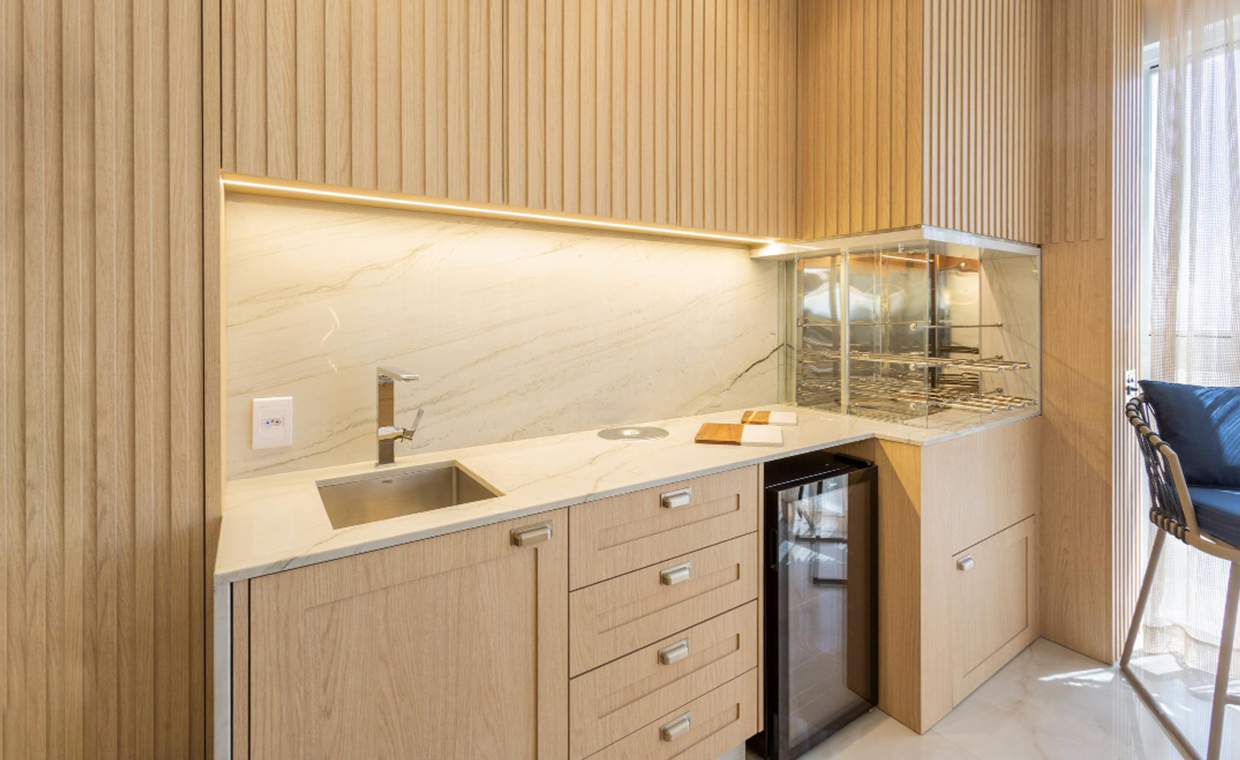
Table of Contents
Mobile scaffolds are essential for construction and maintenance projects, providing a flexible and safe working platform at various heights. However, ensuring stability and proper connection between a mobile scaffold and a building is crucial for safety and efficiency. In Melbourne, where construction standards are high, understanding how to secure mobile scaffold Melbourne structures correctly is vital for compliance and worker safety. Let’s discuss different methods of connecting a mobile scaffold to a building.
Why Connecting Mobile Scaffolds to Buildings Matters?
A mobile scaffold setup must be stable, especially when working at height. Without proper anchoring, the scaffold can become unstable, leading to potential hazards such as tipping over or swaying. Connecting the scaffold to the building provides extra support, ensuring that:
- Workers have a steady platform to operate from.
- The scaffold remains secure against strong winds and vibrations.
- Load distribution is optimized, preventing structural strain.
- Compliance with building and safety regulations is maintained.
Methods of Connecting a Mobile Scaffold to a Building
There are several ways to ensure a mobile scaffold structure is securely connected to a building. These methods depend on the type of scaffold, the building’s surface, and environmental conditions.
1. Tying the Scaffold to the Building

Tying is one of the most effective ways to secure a mobile scaffold setup. This involves using:
- Through ties: Anchoring the scaffold by passing a tie through an opening in the structure.
- Reveal ties: Using adjustable braces to press against a solid part of the building.
- Anchor ties: Fixing the scaffold directly into the structure using secure fasteners.
Each type of tie should be chosen based on the building material and the scaffold’s height.
2. Bracing for Additional Stability

Bracing is another method to keep a mobile scaffold Melbourne structure steady. Braces help in:
- Reducing lateral movement.
- Distributing weight evenly.
- Providing resistance against environmental factors such as wind.
- Diagonal braces, cross braces, and horizontal braces can be installed to improve overall stability.
3. Using Outriggers for Balance

Outriggers extend the base of the mobile scaffold system, preventing tipping. When working near buildings, outriggers can:
- Provide extra support when direct ties are not possible.
- Distribute the load over a wider area.
- Increase the scaffold’s footprint, enhancing stability.
4. Ensuring a Secure Base

Before connecting a mobile scaffold structure to a building, the base must be solid and level. This includes:
- Using adjustable base plates or wheels: Ensuring the scaffold sits evenly on the ground.
- Locking caster wheels: Preventing unintended movement.
- Placing stabilizers: Distributing weight evenly to prevent sinking on soft surfaces.
5. Evaluating Load Distribution
When connecting a mobile scaffold system to a building, it is essential to ensure that the load is evenly distributed. Overloading one side can cause tipping or structural stress. Best practices include:
- Balancing weight across multiple points.
- Using counterweights if necessary.
- Ensuring that each connection point is secure and can handle the expected load.
- Safety Regulations and Compliance
Melbourne has strict safety regulations when it comes to mobile scaffold Melbourne usage. Key compliance factors include:
- Following WorkSafe Victoria guidelines for scaffold stability.
- Ensuring that all tie-in points are approved by an engineer.
- Conducting regular inspections to check for signs of movement or detachment.
- Training workers on scaffold safety and proper attachment methods.
Connecting a mobile scaffold structure to a building is essential for maintaining stability, safety, and compliance with local regulations. Whether using ties, braces, outriggers, or stabilizers, each method of GW Equip contributes to a secure working environment. By ensuring proper attachment and following safety guidelines, construction professionals can maximize the effectiveness of mobile scaffolds while minimizing risks on site.
Also Read: General Guidelines for Safety, Design & Construction of Scaffolding!






























